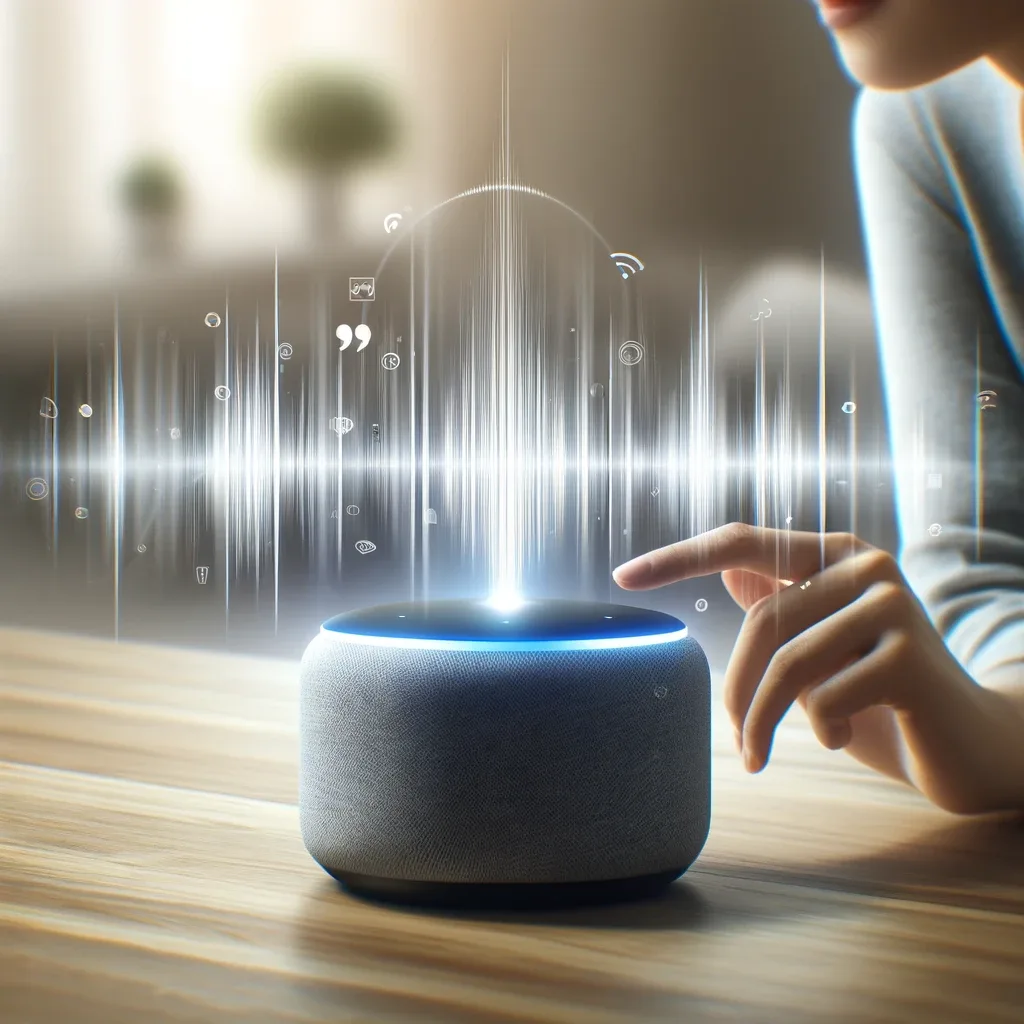UX Design Trends That Will Dominate 2024
Are you considering launching an online business, blog, or platform? Remember: In the online world, first impressions are everything.
Are you keeping up with UX design trends? If not, you are missing out on a lot!
Let's acknowledge the reality: Every year, the digital world brings fresh challenges and opportunities for your business. With mobile usage, voice search, and AI-driven personalization shaping user expectations, staying ahead requires keeping up and innovating through UX trends.
UX Design Trends: The Game-Changer for Your Business
Effective design is the base of successful engagement. Statistics show that 94% of users initially think of a website based on its design. Furthermore, investing in trending designs has been shown to deliver significant returns on investment (ROI), with every dollar spent resulting in approximately $100 in return. Custom Software development companies typically allocate a high amount, around 20%, of their budgets to UX design, recognizing its critical role in driving conversions and customer satisfaction.Effective modern UX design is not a luxury but a strategic necessity. Following UI UX trends will help enhance accessibility and encourage repeat visits, with 74% of users stating they are more likely to return to a website if they have a positive mobile experience. Want to get informed about it? Let's explore some of the best UX design trends that you should consider in 2024!
Augmented and Virtual Reality Integration

Augmented and Virtual Reality (AR/VR) integration has changed user experiences across various industries. Studies suggest the global AR/VR market could surpass $320 billion by 2025.
Incorporating AR/VR into UX design offers various opportunities to create a unique user experience. Statistics show that it can increase user engagement by up to 60%, ensuring higher levels of brand recall and customer satisfaction and endless possibilities for innovative and engaging user experiences.
Voice User Interface (VUI) Optimization

VUI optimization will dominate UX design trends in 2024 and the coming years, reshaping how users interact with digital products and services. The reason? With the growing popularity of voice-enabled devices and virtual assistants, businesses should consider the importance of VUI in enhancing user accessibility and convenience across various industries. Integrating voice interfaces can bring a 30% increase in user satisfaction levels, as users appreciate the simplicity and efficiency of voice interactions. Besides, VUI optimization enables hands-free and eyes-free interactions, which helps users in diverse contexts, such as driving or multitasking.
Micro-interactions for Enhanced Engagement

Micro-interactions are becoming a dominant trend in UX design, offering powerful ways to engage users and improve their interaction experiences. These tiny animations, sounds, or visual cues may seem minor, however, they impact user engagement and satisfaction.
Research suggests that well-executed micro-interactions can increase user engagement by up to 30%, making them a crucial element in modern UX design strategies. These small feedback tools provide users with instant responses to their actions, enhancing usability and guiding them through different actions.
Personalized and Inclusive Design Practices
Today UX design provides more opportunities for personalization and inclusivity which are essential for businesses seeking to remain competitive and relevant in an increasingly diverse and digital world.
Personalized and inclusive design practices shape more tailored and accessible experiences for users of all backgrounds and abilities. The global population becomesbecome more diverse, and inclusive design practices are crucial for ensuring that digital products and services are accessible to everyone. Personalized elements in UX design create more meaningful interactions with users.
Sustainability-focused Design Principles

Today design principles aim to guide the development of digital products and services toward more environmentally friendly practices. With a rising awareness of climate change and environmental sustainability, consumers prioritize sustainability. Statistics show that 81% of consumers expect companies to help improve the environment. It means more visitors are willing to reduce their carbon footprint and engage with brands that share their environmental values.
Incorporating businesses' sustainability efforts into UI/UX design is becoming a notable trend, as more companies show their dedication to eco-friendliness within their digital platforms.
Minimalist Navigation
Minimalist design focuses on simplicity and clarity, reducing clutter and unnecessary elements. According to a study by Google, users judge websites as beautiful or not within 1/50th to 1/20th of a second, and the perceived complexity of a website affects users' opinions on its visual elements. Another study shows that 53% of mobile site visits are abandoned if pages take longer than 3 seconds to load. Minimalist design principles are responsive and adaptive, ensuring a hassle-free user experience across different devices and screen sizes.
Interactive Storytelling Elements
Statistics show that users spend an average of 10-20 seconds on a website before leaving, but engaging storytelling can increase this duration. It often involves data visualization techniques that make complex information more inviting and engaging. Besides, Interactive storytelling evokes emotions and creates a deeper connection between users and brands or content.
Hence, emotionally engaged customers are three times more likely to recommend a product and are less likely to shop around. The trend will continue to be an essential part of UX design in 2024 and beyond, offering opportunities to create personalized, and emotionally engaging user experiences.
Multi-device Synchronization

With the rise of mobile devices, tablets, smartwatches, and other connected devices, users expect their experiences to be constant and synchronized across all platforms According to a survey by Adobe, 76% of consumers prefer to use multiple devices to complete a task, and 40% are more likely to make a purchase when their experience is consistent across devices. With the growing trend of devices, staying aligned with the current user experience trends become more important.
Conclusion
Today's UX trends are essential to ensure your websites and apps are user-friendly and enjoyable. They focus on giving users a hassle-free and pleasant experience from start to finish, which is key to keeping them satisfied and "returning".
Westside Technology Solutions offers tailored UX design services and software solutions to meet the unique needs of businesses, no matter their size. Whether you are a small startup or a large corporation, our team will deliver top-notch software that drives efficiency, productivity, and growth.
We are your partners in inspiring growth by providing innovative solutions that empower you to succeed in today's competitive market.